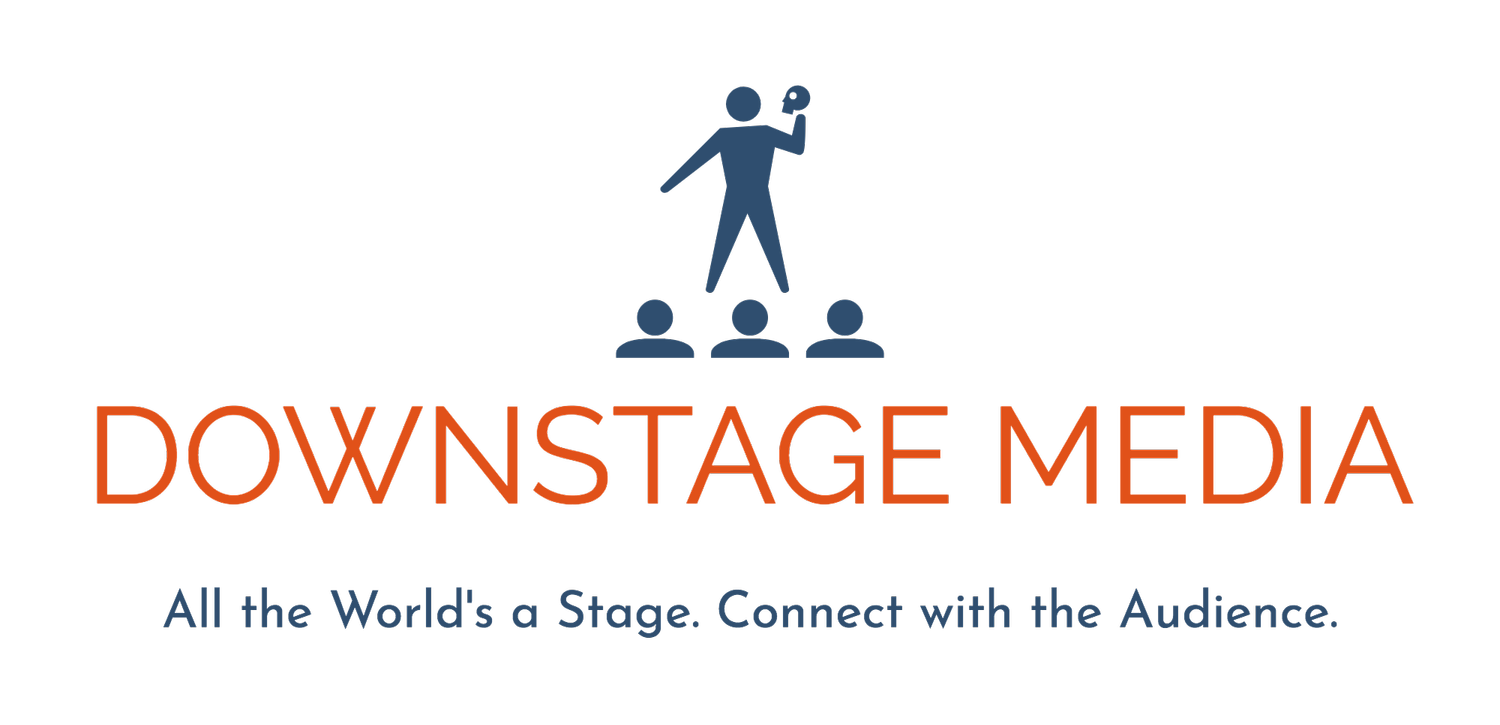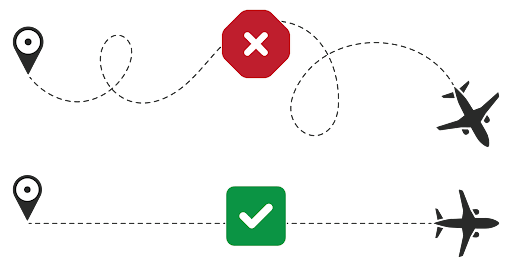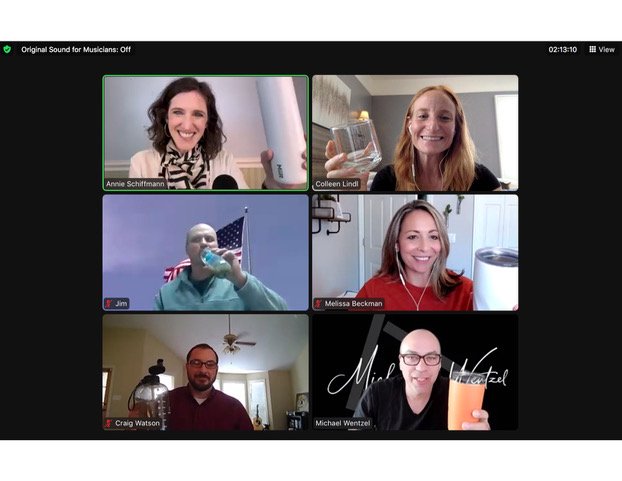StoryBrand Marketing with AI: Insights from a Certified Guide
StoryBrand Marketing with AI: Insights from a Certified Guide
By Annie Figenshu
AI might give you content, but is it good content? While AI-generated copy can sound polished, it often misses the mark without careful guidance. When using AI to write StoryBrand copy, one wrong step could mean sacrificing clarity and connection with your audience.
After a year of experimenting with AI in marketing, I've discovered a few essential steps to ensure your AI-generated content stays aligned with the StoryBrand framework and your unique brand voice. By following these, you'll create clear, compelling copy that builds trust, saves you time, and avoids the trap of bland, generic content.
How AI Enhances StoryBrand Marketing Without Losing the Human Touch
5 Steps to Using AI to StoryBrand Your Marketing Content
Step 1: Train it on the StoryBrand Frameworks
How AI Enhances StoryBrand Marketing Without Losing the Human Touch
You’re not sure how AI fits into your StoryBranded marketing. AI tools promise quick results, but can they capture your voice in a way that your brand needs to connect with your audience? Look, I get it, it’s tempting to just say to Chat GPT, “write me ten different social media posts that use the StoryBrand framework and click the little arrow button and copy and paste what gets spat out. But that process can make you uneasy. Will the copy sing? Or will it be generic?
Here’s the deal: copy that is generic will fall flat. No matter who wrote you - AI or you. So you don’t want to waste time on learning AI tools if they’re not going to give you helpful responses. People have gotten really good at spotting it, and they are turned off quickly.
As a StoryBrand Certified Guide who’s been diving deep into AI tools, I’ve played around with them specifically in terms of StoryBrand copy. Here is what I am finding works well without losing the need for a keen eye on the StoryBrand process.
On the flip side, when you combine AI with StoryBrand strategies - and make sure you have a trained eye looking at the outputs - you can produce customer-focused content faster, while maintaining clarity. Imagine getting more done with less effort, and still getting the results you’re looking for.
5 Steps to Using AI to StoryBrand Your Marketing Content
When AI is trained to align with StoryBrand principles, it becomes a valuable asset that saves you hours of time. You’ll create content faster and still keep your customer at the heart of every message. Here are five steps on how you can train your AI tool to help you create StoryBranded marketing assets that align with your brand.
Step 1: Train it on StoryBrand Frameworks
If you’ve ever felt your marketing is falling flat despite your best efforts, you’re not alone. AI might sound like a shortcut, but without StoryBrand, it won’t make your customers the hero of the story.
AI needs to understand the core principles of StoryBrand—customer as the hero, clarity over cleverness, and solving the customer’s problem. And because there is so much content on the internet about StoryBrand, any AI tool is going to do a decent job of taking a stab at the core elements of StoryBrand. But I’ve found that taking a stab and getting it correct are very different.
Start by familiarizing AI with StoryBrand concepts so it can generate content with the right structure and focus. An easy way to do this is to upload materials that you’ve gotten from StoryBrand in the past.
7-part framework from the StoryBrand Marketing Livestream.
5-point Marketing Checklist from the Marketing Made Simple course in Business Made Simple.
Keynotes, social media posts, press releases from the Communication Made Simple course in Business Made Simple.
The whole idea is that you are teaching the AI tool the StoryBrand framework, along with all of the different marketing assets that StoryBrand trains companies on. This will give you better “StoryBranded” outputs from your AI tool.
Takeaway: AI tools won’t always give you accurate results when it comes to StoryBrand. Upload official StoryBrand templates to train your AI tool.
Step 2: Train it on Your Brand Voice
Feed AI with examples of your brand’s tone, style, and personality. Whether your company’s style is witty, professional, or quirky, make sure it can replicate that consistently. That way, the content it generates will always sound like you. Here’s what you can use:
copy from your website
copy from blog posts
transcripts from YouTube videos
transcripts from meetings you’ve had where you’re talking (great for personal brands)
Some companies work with branding agencies for help developing their brand voice. Whatever it is, make sure the AI knows it.
Bonus: Once you’ve uploaded these assets, and you feel like the AI tool has your brand voice down, ask it to describe the brand voice. Add this description to your Brand Playbook so that no matter who is generating or proofreading the copy, everyone on your team knows how it should sound.
Takeaway: Without training the AI tool on your brand voice the outputs will sound generic and robotic.
Step 3: Train it on Your Offerings and BrandScript
The AI needs to understand what you offer, how it will make your audience’s lives better, and how they can get it. Take a screenshot of your services page on your website or upload a document that lays out what you offer. Then, upload any BrandScripts, Brand Narratives, and one-liners you have for your company. By doing so, the AI will know how to describe your offerings in a way that is consistent with your messaging.
Takeaway: For more tailored outputs, give your AI tool not only your BrandScript, but your service page / product catalogue as well.
Step 4: Give it Edits and Feedback
It’s exasperating when AI-generated content doesn’t hit the mark, especially when you're under time pressure. Don’t worry—editing AI is like coaching a new hire: with the right feedback, you’ll get great results.
The output t still needs your fine-tuning. Review every piece for accuracy, clarity, and alignment with your BrandScript. Provide feedback so AI learns and improves with each interaction. Here are a few issues I’ve seen when I’ve tried to use AI for StoryBranded marketing content:
“Customers will tell you what they want. Sometimes they tell you with action. Sometimes they tell you with inaction. ”
cliches - there are some words that AI just seems drawn to: “elevate,” “unlock,” and “leverage” all come to mind. Make sure that these AI cliches don’t make their way to your marketing messages
conjunctions - AI seems to try to smash a whole lot of points into one long sentence. It weakens your writing. So instead of saying that your service is going to help with “x, y, and z” choose which one will resonate the most with your audience and go with that.
framework fumbles - I’ve seen this the most when trying to prompt AI to write one-liners. It takes a few tries to get it write. If you like the StoryBrand framework and want to use it in your content, but aren’t very familiar with it, you won’t notice when there are mistakes in the outputs that you get from AI. So run your content by a StoryBrand Certified Guide to to make sure you get accurate results. Remember, AI will always give you an answer. It doesn’t mean it’s a good answer. So you may have to go back to the AI and give it feedback and ask for another try.
Takeaway: The initial response is only the first response. Give your AI tool feedback so it can improve its outputs.
Step 5: Publish, Test, and Tweak
Once you’ve created content, publish it and test how it performs. Look at it after a couple of days with fresh eyes. Have a customer read through it and give you thoughts. Is the content resonating?
If not, then try again. Tweak it. Make adjustments until you feel like you have the right mix of messaging, lead generator, and offerings.
Lots of clients think they know what their customers want. But then their customers and prospects tell them otherwise. Sometime they literally tell you. Sometimes they tell you with the actions they take. Sometimes they tell you with inaction. Your job is to keep looking and sharpening the sword to find out what works.
Takeaway: Like with any marketing asset, observe it for a bit, then adjust until you get the results you are looking for.
Your AI-Powered Marketing Machine: Fast, Clear, and Customer-Focused
You’ve trained your AI, refined your content, and now you’re seeing the results: a marketing machine that works while you’re focusing on other parts of your business. The best part? Your message prompts customers to take action. Imagine publishing content that’s fast to create and doesn’t sacrifice clarity. You’ll save time while keeping your audience at the center of the story.
Make AI Work for Your Marketing Content
To get one-on-one marketing coaching on using AI for your StoryBrand content, check out the Marketing Mentorship.








































